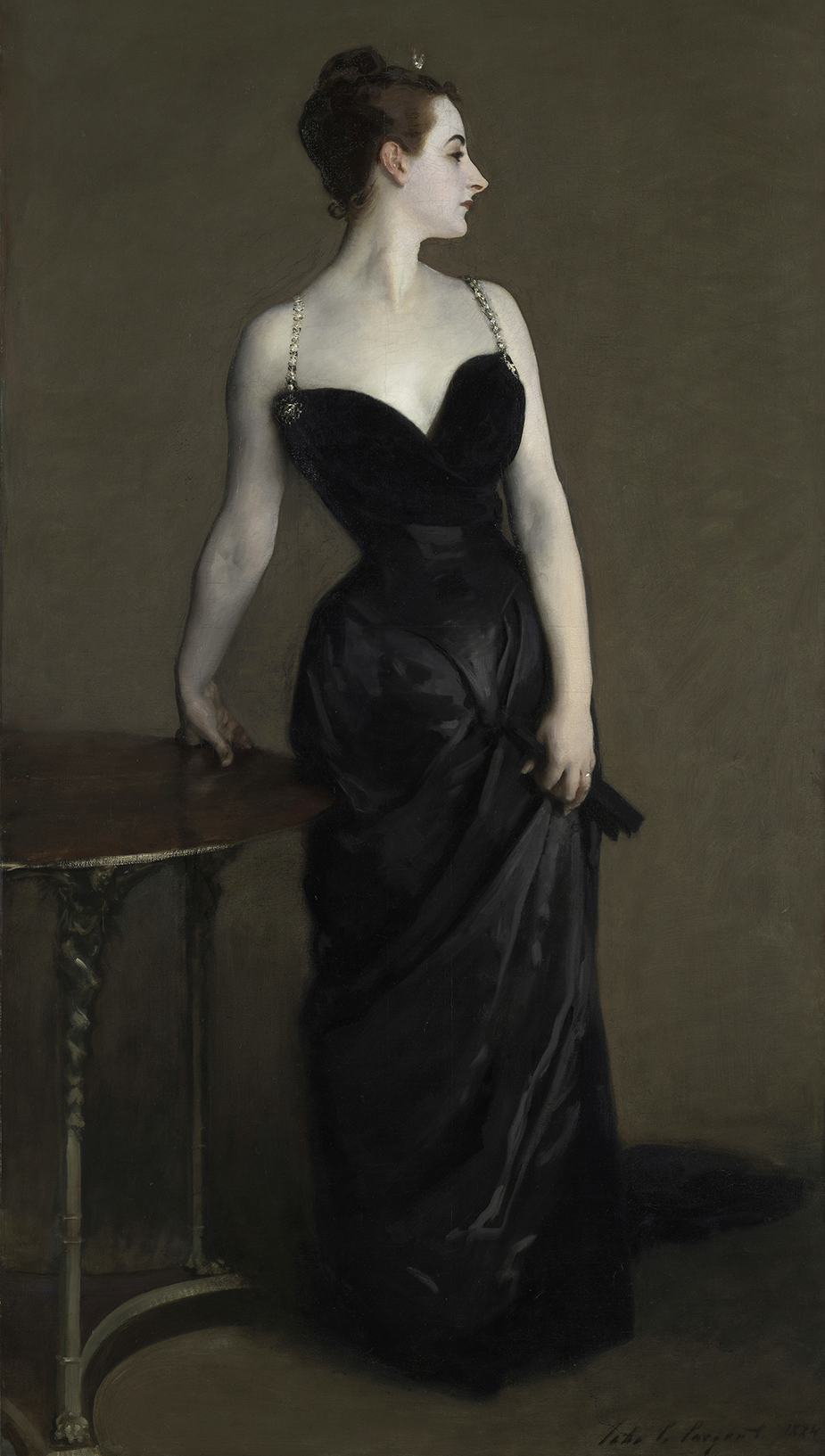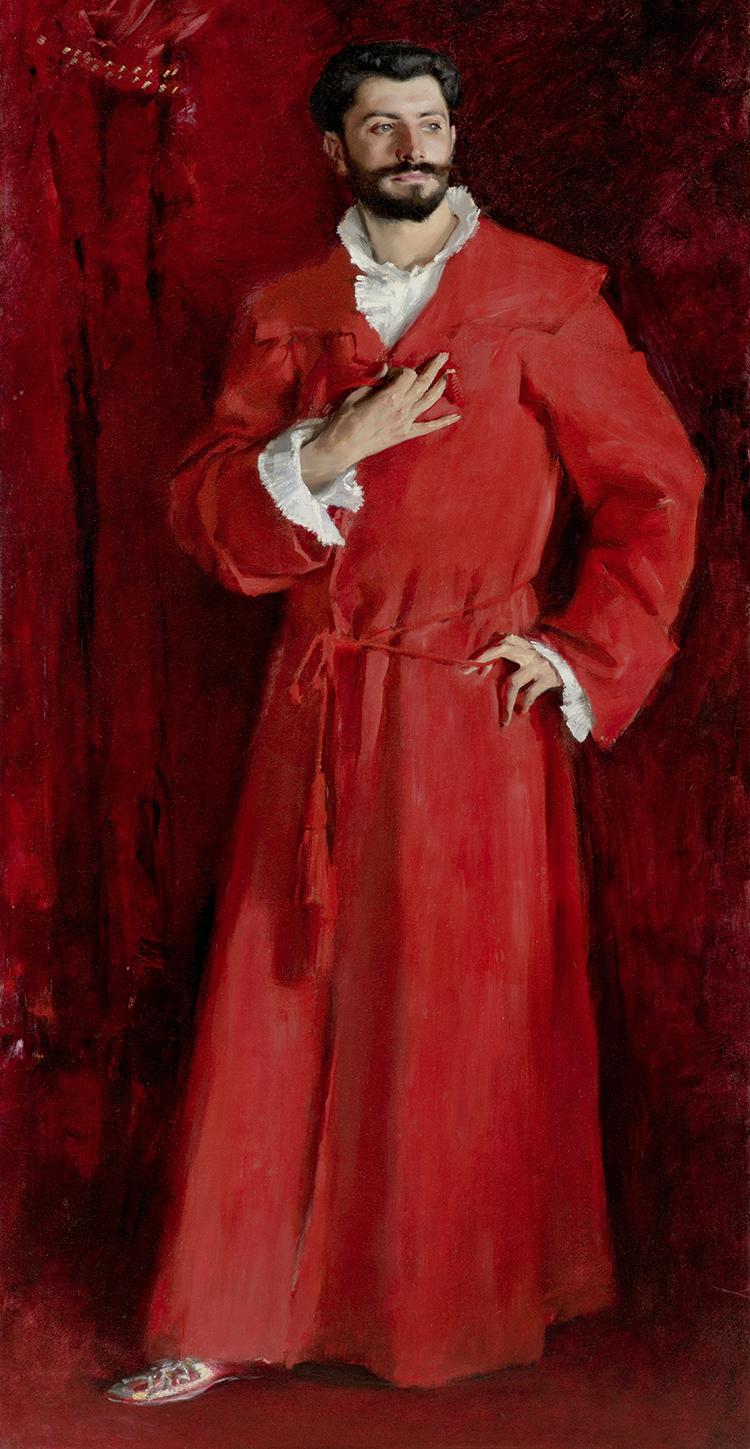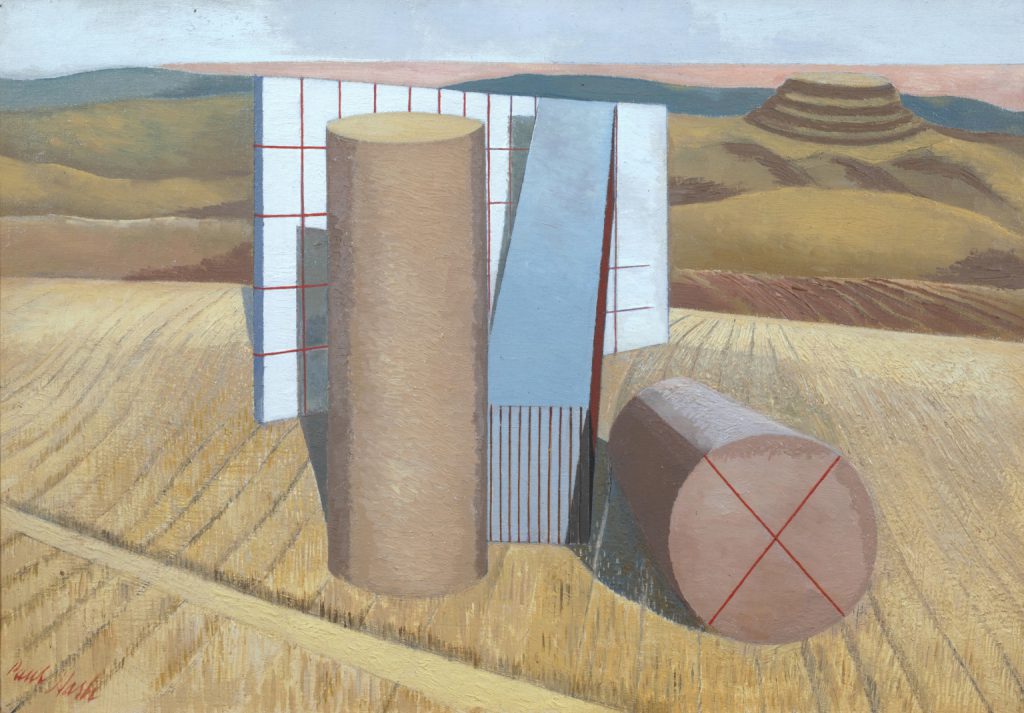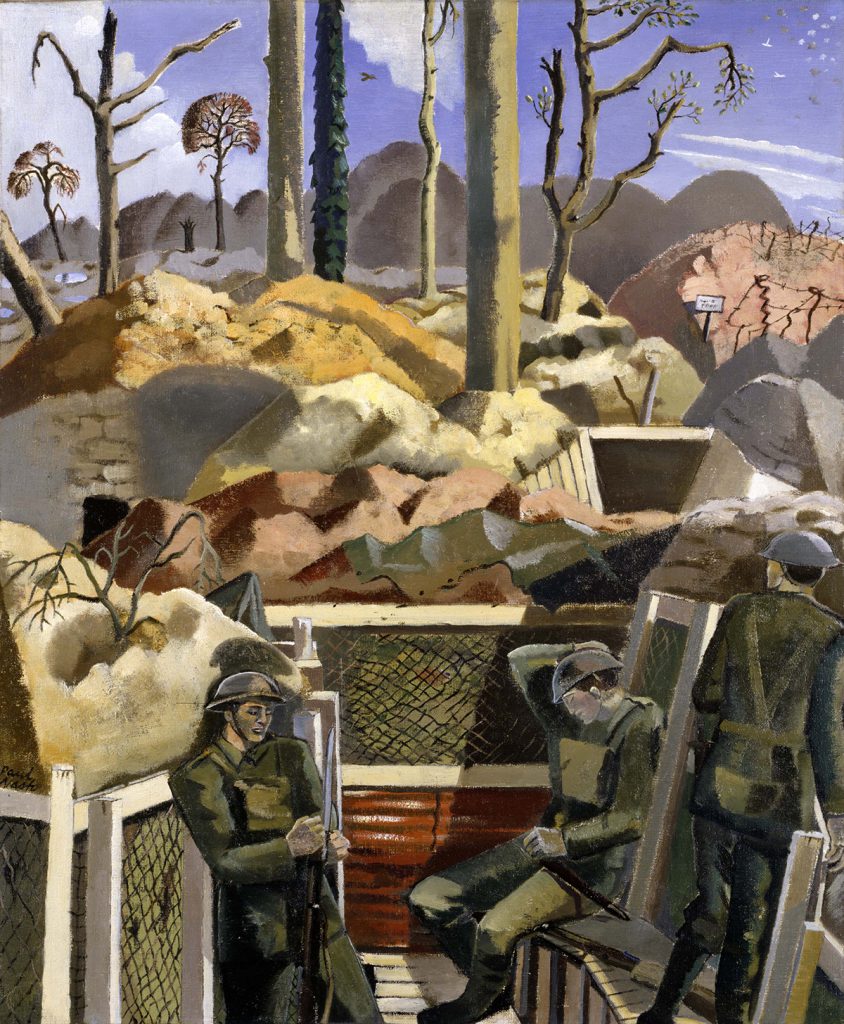
A breathtaking array of portraits by the avantgarde artist John Singer Sargent has just gone on show at Tate Britain.
John Singer Sargent was the most successful society portrait painter of the Belle Époque. His portraits evoke wealth, power, status and drama, providing windows into his sitters beyond the fashionable facades of the costumes which he exploited in his pursuit of intimacy, notoriety and an expression of beauty which is particular to this gifted and sensuous artist. Alongside many of the portraits on show are the costumes worn by his sitters and often chosen by Sargent.
Sargent was born in Florence. His American parents have been described as cultural nomads. As children they were exposed to art and culture across Europe by the artist’s mother. Sargent’s experience of art by Velasquez, Goya, Rembrandt and many other artists would prove formative.
In his youth Sargent displayed a precocious gift as an artist. His mother, ambitious for his talent, moved the whole family to Paris. There he would meet and later paint Claude Monet. Carolus-Duran taught him to paint quickly directly from his subject using a heavily loaded brush wet on wet allowing him to mix colours directly on the canvas. There is a brilliance in his fluid, spontaneous brushstrokes.
Today’s actors and celebrities wear costumes on the red carpet from the most famous designers to catch the eye and attention of society. Sargent understood this and was unafraid to court notoriety to gain attention and to promote his art. His upbringing made him a natural outsider at the heart of Parisian and London society. These bohemian qualities proved attractive to his wealthy patrons.

Two of Sargent’s most notorious portraits are united in the exhibition. Dr Pozzi at Home depicts this brilliant gynaecologist, surgeon and prodigious lover not in formal attire but in a sensuous pose wearing a cardinal red dressing gown. Madam X captures Virgine Gautreau’s famous profile in a provocative pose and dress which shocked Parisian society at the 1884 Paris Salon. Gautreau skirted the fringes of Bohemian Paris and like Pozzi was known for her extramarital affairs. Gautreau and Pozzi were lovers.
Both portraits depict vanity and seduction. She is self-assured and commanding, his sexuality simmers in crimson red. He is looking, she is being looked at. Sargent’s virtuosity is apparent in their expressions, posture and costumes.
John Singer Sargent captured the essence of his times with a breathtaking ability to bring his subjects to life on canvas.
Sargent and Fashion at Tate Britain runs until 7th July 2024.


